 Valentine’s Day is coming up – it’s this Friday, by the way. Need a gift for the brewer or beer geek in your life? Show them how much you love them with the gear that will allow them to take their favorite hobby to the next level! Here are some gift ideas!
Valentine’s Day is coming up – it’s this Friday, by the way. Need a gift for the brewer or beer geek in your life? Show them how much you love them with the gear that will allow them to take their favorite hobby to the next level! Here are some gift ideas!
- A Bag of Grain – For all-grain brewers, you can never have too much malt. A 50 lb. bag of two-row brewer’s malt will be enough to form the base for at least 4-5 recipes. You can be sure that this is a gift that will be put to good use!
- Grain Mill – With all that grain, your homebrewer may want their own mill. After all, the grain will have the best flavor and efficiency of it’s milled on brew day. The American-made Barley Crusher can mill up to six pounds of malt a minute when you use an electric drill. The 15 lb. version has a hopper that will hold more than twice as much grain.
- Mash-Lauter Tun Set-Up – If your homebrewer is eager to advance to all-grain brewing, they will need a mash tun (a separate vessel for mixing grains with water). Our cooler style mash-lauter tuns offer convenience and affordability. A stainless steel mash tun with false bottom can easily be the centerpiece of a state of the art home brewing system.
- A New Fermenter – Allow your homebrewer to make even more beer with an extra fermenter! The 6-Gallon Poly-Fermenter is ideal for primary fermentations and has a spout for easy transfers. You can also choose from a variety of fermentation carboys.
- Homebrew Draft System – Give your homebrewer the convenience of serving their homemade beer on draft! A standard draft system makes this possible. Also consider a kegerator conversion kit so your homebrewer can build their own kegerator!
- Homebrew Equipment Kit – Maybe your beer lover has yet to begin homebrewing. In that case, get them a Beermaker’s Necessities Box, an equipment kit including all the tools of the trade. You can also choose an ingredient kit for their first batch. The only other thing you will need is a five-gallon brew pot.
- A Homebrewing Book – Homebrewing is a constant exploration of techniques and ingredients. Help your homebrewer along on their journey with one of our popular homebrew books or DVDs.
- Gift Card – Not sure what to get? Let your homebrewer choose for themselves exactly what they want! Gift cards from E. C. Kraus are a great option. (And they take the guesswork out of gift shopping!)
Are you a homebrewer? What would you like for Valentine’s Day?
————————————————————————————————————
David Ackley is a beer writer, brewer, and self-described “craft beer crusader.” He holds a General Certificate in Brewing from the Institute of Brewing and Distilling and is founder and editor of the Local Beer Blog.

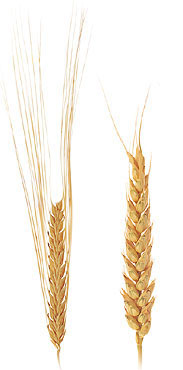 There’s a nearly endless debate among brewers about the merits of two-row barley versus six-row barley. Some homebrewers have a preference for one over the other, but in fact, neither is “better” than the other. Both six-row and two-row malt have their place in craft and home brewing. This post will explain the difference between
There’s a nearly endless debate among brewers about the merits of two-row barley versus six-row barley. Some homebrewers have a preference for one over the other, but in fact, neither is “better” than the other. Both six-row and two-row malt have their place in craft and home brewing. This post will explain the difference between 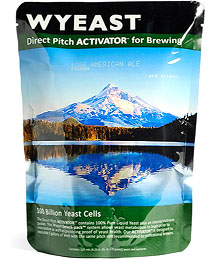 Continuing our exploration of homebrewing terminology, this week we will focus on some characteristics and terms you may hear having to do with
Continuing our exploration of homebrewing terminology, this week we will focus on some characteristics and terms you may hear having to do with  Picking up where we left off in
Picking up where we left off in 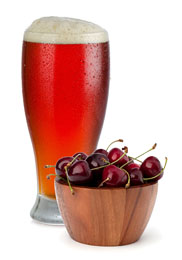 In October,
In October, 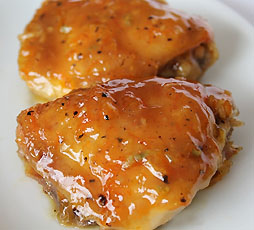 The only thing that might be better than a good homebrewed beer is good food made with homebrewed beer. Put them together this winter for the ultimate homebrew creation!
The only thing that might be better than a good homebrewed beer is good food made with homebrewed beer. Put them together this winter for the ultimate homebrew creation!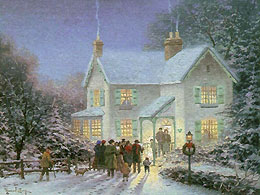 Wassail is a warm alcoholic drink mixed with spices and made with either wine, beer,
Wassail is a warm alcoholic drink mixed with spices and made with either wine, beer, 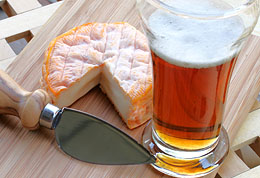 So much of the appreciation of beer comes from its relationship with food. Among the many gastronomical combinations, few offer such a perfect marriage as the pairing of beer and cheese.
So much of the appreciation of beer comes from its relationship with food. Among the many gastronomical combinations, few offer such a perfect marriage as the pairing of beer and cheese.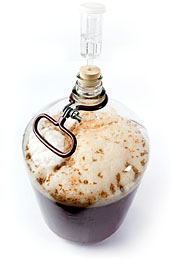 Over on the E. C. Kraus Wine Blog, Ed has been sharing some of the key winemaking terms used by professional and hobbyist winemakers.
Over on the E. C. Kraus Wine Blog, Ed has been sharing some of the key winemaking terms used by professional and hobbyist winemakers.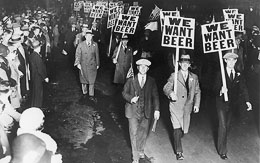 When we left off in
When we left off in